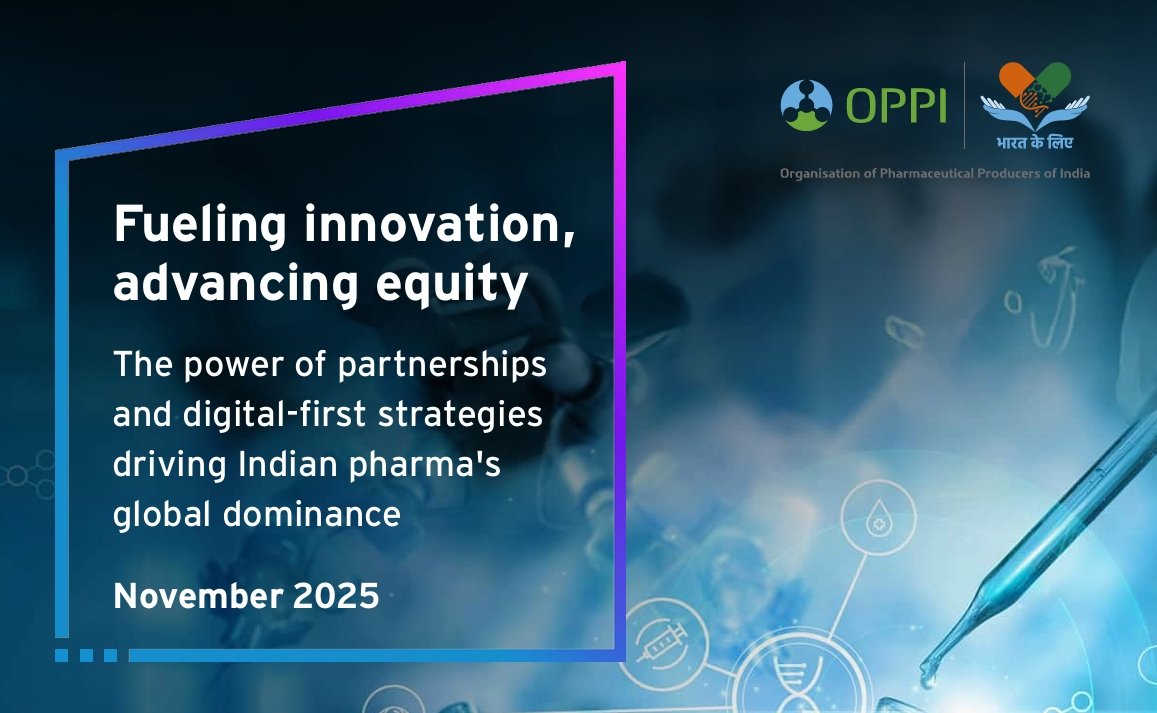'Biosafety and biosecurity are important for strengthening global
October 11, 2011 | Tuesday | News

|
Ms Maureen Ellis
Co-chair, International Federation of Biosafety Associations, Canada |
It is extremely difficult for life sciences companies and regulators to
anticipate the arrival of the next pandemic and its consequences.
According to the World Health Organization, by 2009, at least 10,582
global deaths were reported due to influenza pandemic and Asia was one
of the prominently affected regions. The onset of H1N1 influenza in
2009 was a big challenge for the industry and it cut out a task for
biotechnology and pharmaceutical companies to find ways to prevent,
handle and treat such diseases in the future.
In an e-mail interaction with
BioSpectrum,
Ms Maureen Ellis, co-chair, International Federation of Biosafety
Associations (IFBA), speaks about the current situation in Asia and
steps that need to be taken to handle a pandemic more efficiently. The
IFBA is a collaboration of national and regional biosafety
organizations to support and promote biosafety measures.
Q
What are the major areas of concern in biosafety in Asia
and what are the actions that are needed?
Ms Ellis: Infectious
diseases brush aside geographic and political boundaries, and
constitute a global threat that puts every nation and every person at
risk. In this age of expanding travel and international trade,
infectious microbes are transported across borders every day, carried
by infected people, animals, insects and goods.
This is a growing concern for the authorities as these outbreaks are
often difficult to control, and their spread across borders can be so
rapid that the countries that are affected fail to respond adequately.
The IFBA recognizes that biosafety and biosecurity are important
elements within the greater framework of strengthening global health
and security. Promoting high standards of safe and secure operation of
biological facilities of all kinds, underpins the effort to enhance the
capacity to respond to the most challenging biological risks in areas
with high endemic diseases, such as South East Asia.
We recognize the need for innovative approaches to develop affordable
biosafety and biosecurity capacities, appropriate for those areas of
the world that have limited resources. Further, we recognize that, in
promoting the implementation of appropriate biosafety and biosecurity
practices, we need to keep pace with the rapidly developing field of
life sciences. We also recognize the need to implement the strategies
and practices in a manner that does not impede progress in the life
sciences.
Q
How is the IFBA
bringing awareness, knowledge and safety measures to a diverse region
such as Asia?
Ms Ellis:
The IFBA is a global community of scientists, biosafety
professionals, laboratory personnel, architects, engineers,
academicians and policy makers who have common interest in advancing
biosafety and biosecurity. Our members represent regional and national
biosafety associations from countries around the world, including those
in South East Asia. By working collectively with its member
organizations and leveraging resources, the IFBA is able to reach the
local level in the countries and deliver sustainable biosafety capacity
building programs where they are needed the most.
Q
What are the areas
of biosafety where Asia lags behind?
Ms Ellis: IFBA
has identified priority goals and projects to help address short-term
gaps and needs. There is a need to raise awareness from political and
public perspectives, and encourage collaborations among human and
animal health communities.
It is important to develop sustainable biosafety associations and map
the gaps. There is also a need to advise national authorities and
services on improving efficient waste management through disseminating
knowledge about appropriate systems, tools and technologies for public
and veterinary health environments. It is equally important to promote
human and laboratory capacity building with proper identification of
gaps and needs using the best available concepts, principles and
practices.
The IFBA has also identified long-term goals, such as promoting
biosafety education, particularly among the younger generation,
involving curriculum development within a common framework and a common
methodology for evaluation.
It is crucial to support the development of an appropriate and
practical legislative framework and strategy to obtain funding for
applied biosafety research programs.
Q
What threats does a
country face and how can they be handled?
Ms Ellis:
IFBA draws attention to the serious dangers that can arise from
the failure to implement biosafety and biosecurity effectively. We
highlight the significant benefits offered by the implementation of
sound biosafety and biosecurity practices.
They include minimizing socio-economic impact of human and animal
disease outbreaks and better protection of laboratory staff, the wider
community and the environment. We need to contribute to better
biosecurity through control of access to dangerous pathogens and
tracking their use and improving reporting of incidents.
—
Amrita Tejasvi in Singapore










